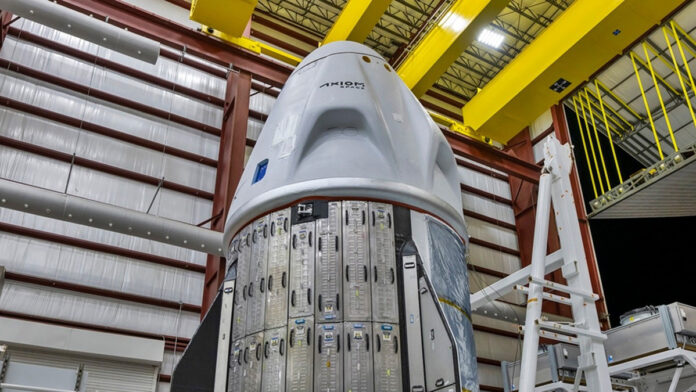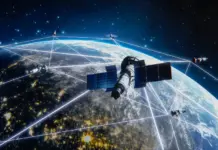SpaceX, led by Elon Musk, made the Dragon spacecraft, which became one of the leading achievements in today’s spaceflight. Because it carries people and cargo to space, Dragon has changed the way America accesses the stars. Right from its first flights, Dragon has supported the ISS by delivering supplies, taking astronauts to space, and showing the potential of private companies in space exploration.
Capabilities and Design
Seven adults can travel on the Dragon spacecraft to and from low-Earth orbit. The SpaceX model Dragon is the only active spacecraft bringing back big loads from orbit to Earth. Ever since the retirement of the Space Shuttle in 2011, the agency has relied on this unique attribute. Dragon was the first company spacecraft to send astronauts to the ISS in 2020, which allowed America to resume astronaut launches from home.
The Dragon has two major portions, the pressurized capsule and the unpressurized trunk. Crew or cargo are put into the capsule, which has life support systems, controls, as well as protection from extreme temperatures. The trunk holds the spacecraft in place for launch and delivers goods that are not kept under pressure. Part of the spacecraft’s back has solar panels that give power to the vehicle throughout the mission. There are sophisticated navigation systems and a SuperDraco engine-powered launch escape system in the capsule, to help it escape danger at launch in case of emergency.
Technical Specifications
Dragon stands at a height of 8.1 meters and its diameter is about 4 meters. The spacecraft gives scientists and crew a 9.8 cubic meter pressurized area and a 37 cubic meter trunk. It has the ability to put up to 6,000 kilograms of weight into orbit and take down and land up to 3,000 kilograms of payload on Earth. 16 Draco thrusters are included on Dragon, putting out 90 pounds of force for maneuvering in space. A parachute system is fitted to the spacecraft, including two support and four large parachutes, so that returning from space is done safely without opening the heat shield.
NASA Missions and Milestones
Dragon helped NASA greatly by serving in its Commercial Crew Program. With NASA on its contract since 2020, Crew Dragon has transported astronauts to the ISS many times. Crews no longer used Russia’s Soyuz rockets, and because of this, commercial space travel reached a significant point. These days, Dragon is used by both the government and companies for launches, including space transportation for private astronauts.
By July 2025, Dragon will have successfully completed more than 50 missions and stopped at the International Space Station more than 45 times. Many of them required providing scientific experiments, food, and equipment for the station, as well as making sure all sensitive cargo came back safely.
Transition Toward Starship
Although Dragon is still important to SpaceX’s fleet, the company is readying the next major project: the Starship program. SpaceX is planning to shift away from Dragon to Starship in the next six to eight years. Currently going through test flights, Starship is meant to transport bigger items and provide the ability to travel to the Moon and Mars. Even with this shift, Dragon is still a major part of current and future crewed space missions.
Political Tensions and Uncertain Future
Recently, SpaceX CEO Elon Musk got involved in a dispute with Donald Trump, who criticized his company’s government involvement and proposed pulling some funding from it. Musk said SpaceX could remove Dragon from active duties earlier than had been planned originally. Although it is uncertain if this will affect Dragon’s operations, the matter has caused worry in areas like Brevard County, Florida, where Dragon launches are a major part of the local economy.
Nonetheless, SpaceX has not made any official move to end the program and continues to launch Dragon missions from Florida’s Kennedy Space Center and Cape Canaveral.








